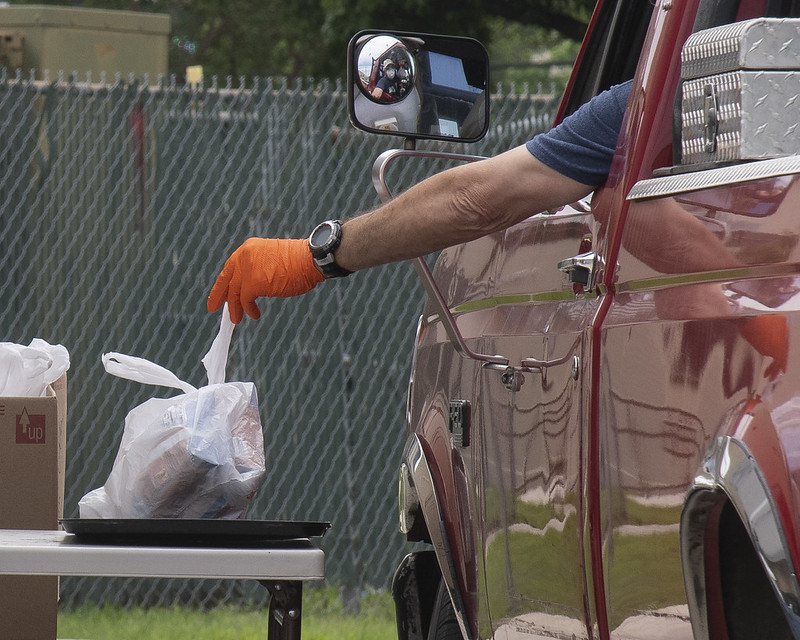
Pennsylvanians are experiencing hunger at highest levels since onset of pandemic
February 18, 2021
At the end of 2020, more than 12% of Pennsylvania households were experiencing hunger — the highest rate since the onset of the COVID-19 pandemic, according to NERCRD researchers. Their report confirms anecdotal and media reports and highlights the role that community resources, such as food pantries and free school lunches, are playing in the state.
“We’ve seen the media accounts of exceptionally long lines at food banks and wanted to get a better understanding of the magnitude of the problem,” said Stephan Goetz, professor of agricultural and regional economics and director of NERCRD.
“Our synthesis suggests that while the state’s rate of food insufficiency tends to be lower than the nation’s as a whole, it is still a significant and growing problem,” he said. “More than one in 10 households in Pennsylvania sometimes or often didn’t have enough food to eat last year, and food insufficiency status has grown worse for all but the wealthiest Pennsylvanians since the beginning of the pandemic.”
Goetz and his colleagues examined data from the U.S. Census Household Pulse Survey, a survey administered in three phases beginning in 2020 to a randomly selected representative sample of U.S. households. The goal of the survey is to better understand the social and economic effects that the coronavirus pandemic has had on households across the country.
Survey respondents answer questions about their employment status, food and housing security, education disruptions, and physical and mental well-being. When responding to questions about food sufficiency and availability, they base their answers on the previous seven days.
Focusing on Pennsylvania, the researchers analyzed the survey data to assess the most recent levels of household food security, how food security has changed over the course of the pandemic, and how households in different income brackets have experienced the crisis. They also assessed how families have adapted to food insufficiency by accessing free food. They released their findings this week in a new report, titled “Pennsylvania Food Insufficiency Reached New High at the End of 2020.”
The report shows that food insufficiency in Pennsylvania is closely linked to the state’s unemployment rate. During weeks when unemployment claims are at their highest in the state, reports of food insufficiency also are relatively high, or rising. For policymakers, this underscores the close connection between income from working and food security of individuals. Community safety nets, such as free school lunches and food pantries, play a significant role in meeting household food needs.
“Our synthesis shows an increasingly dire food insecurity situation for many households in Pennsylvania and beyond,” Goetz said. “As the pandemic drags on, it is likely to become an even more serious problem as families deplete their savings and are forced to choose between paying for food or paying for other necessities.”
The report is part of an ongoing series of briefs and reports authored by NERCRD researchers, focusing on the coronavirus pandemic in the context of direct farm sales, the fruit and vegetable industry, consumer spending and sourcing, network science, and regional science. They are available here.
The Center also has available the data included in the report for other states in the northeastern U.S.
Other members of the research team who contributed to the report described here include Zheng Tian, research associate, Claudia Schmidt, assistant professor of marketing and local/regional food systems, and Yuxuan Pan, graduate research assistant.
